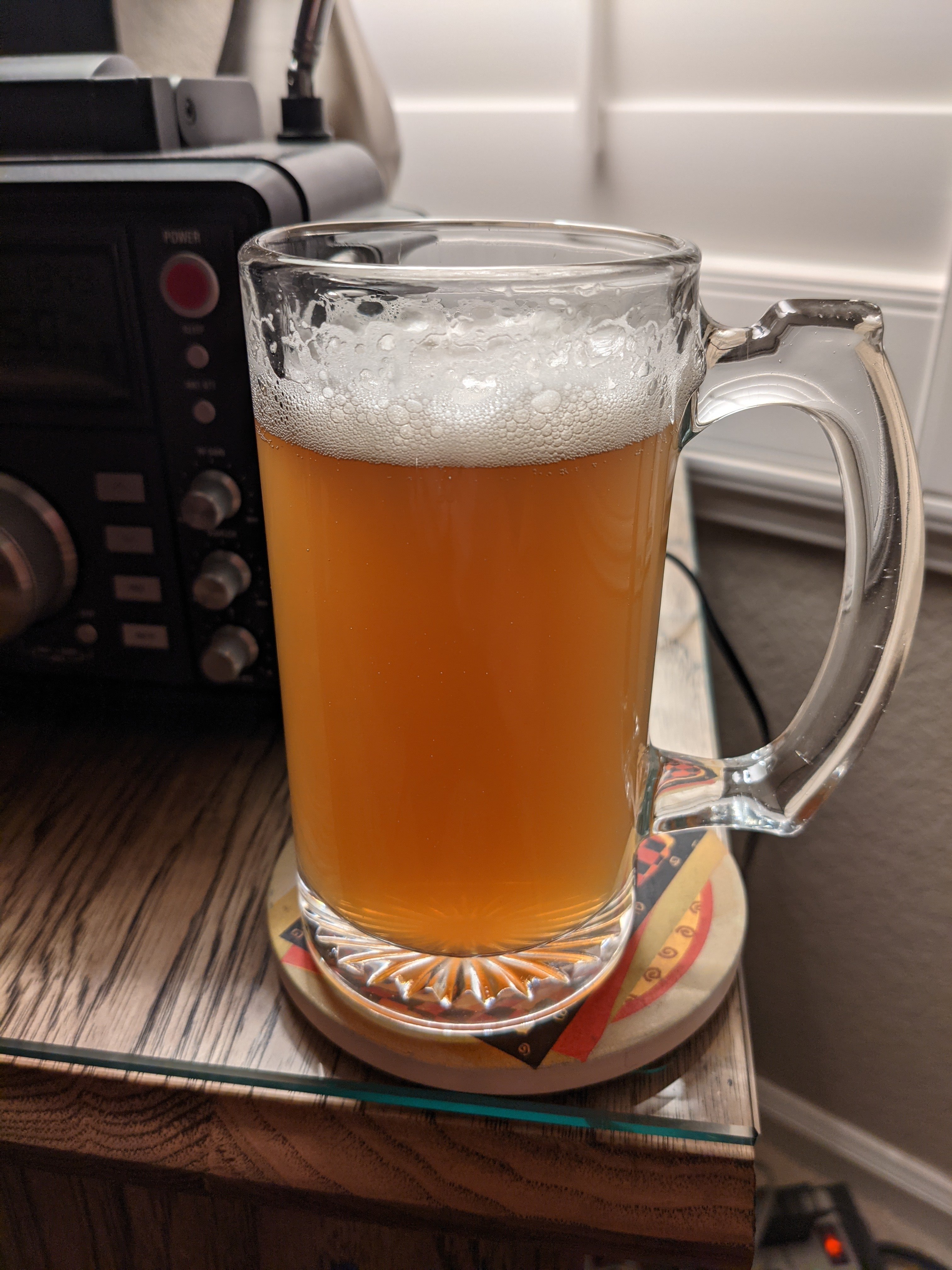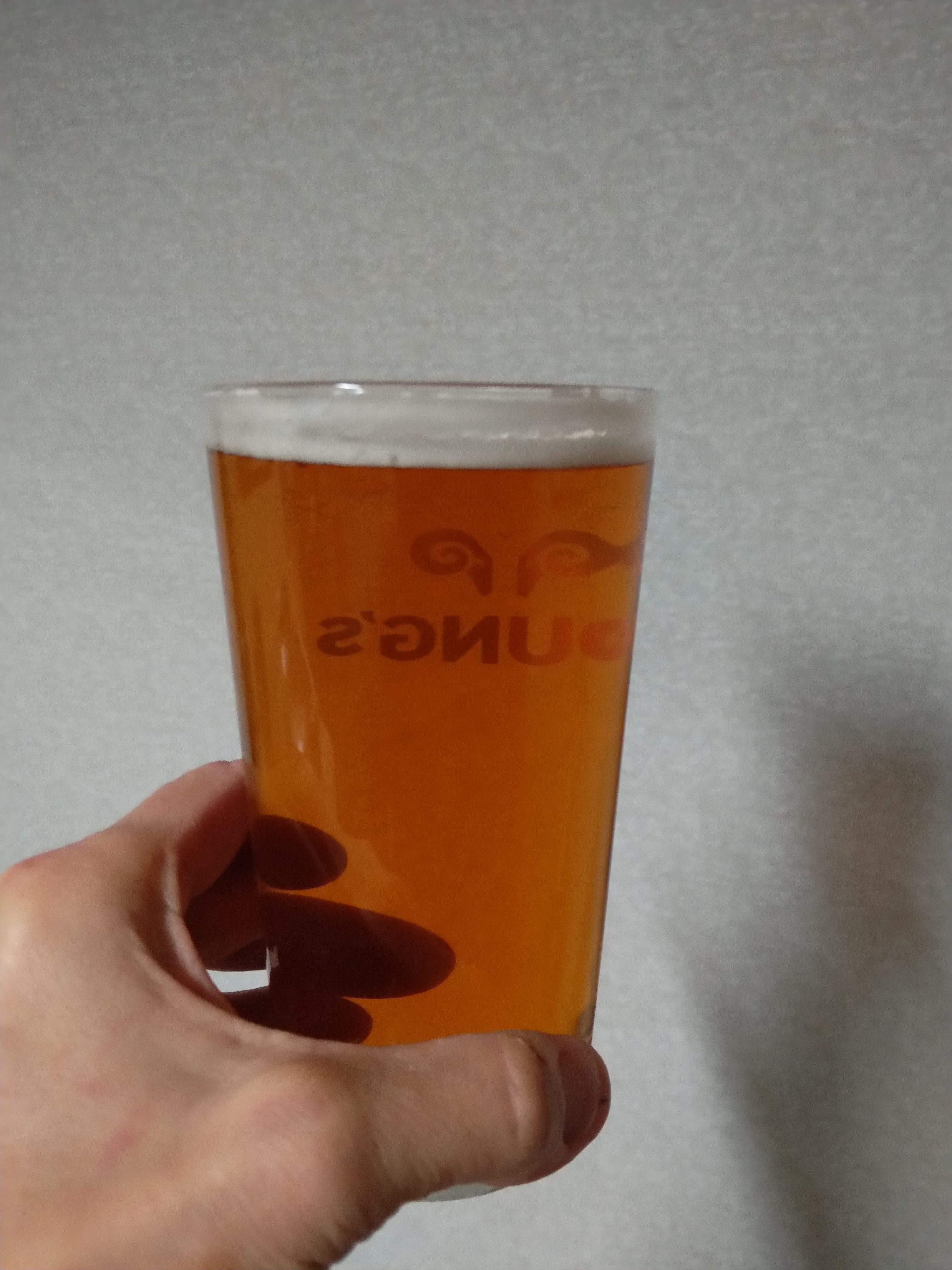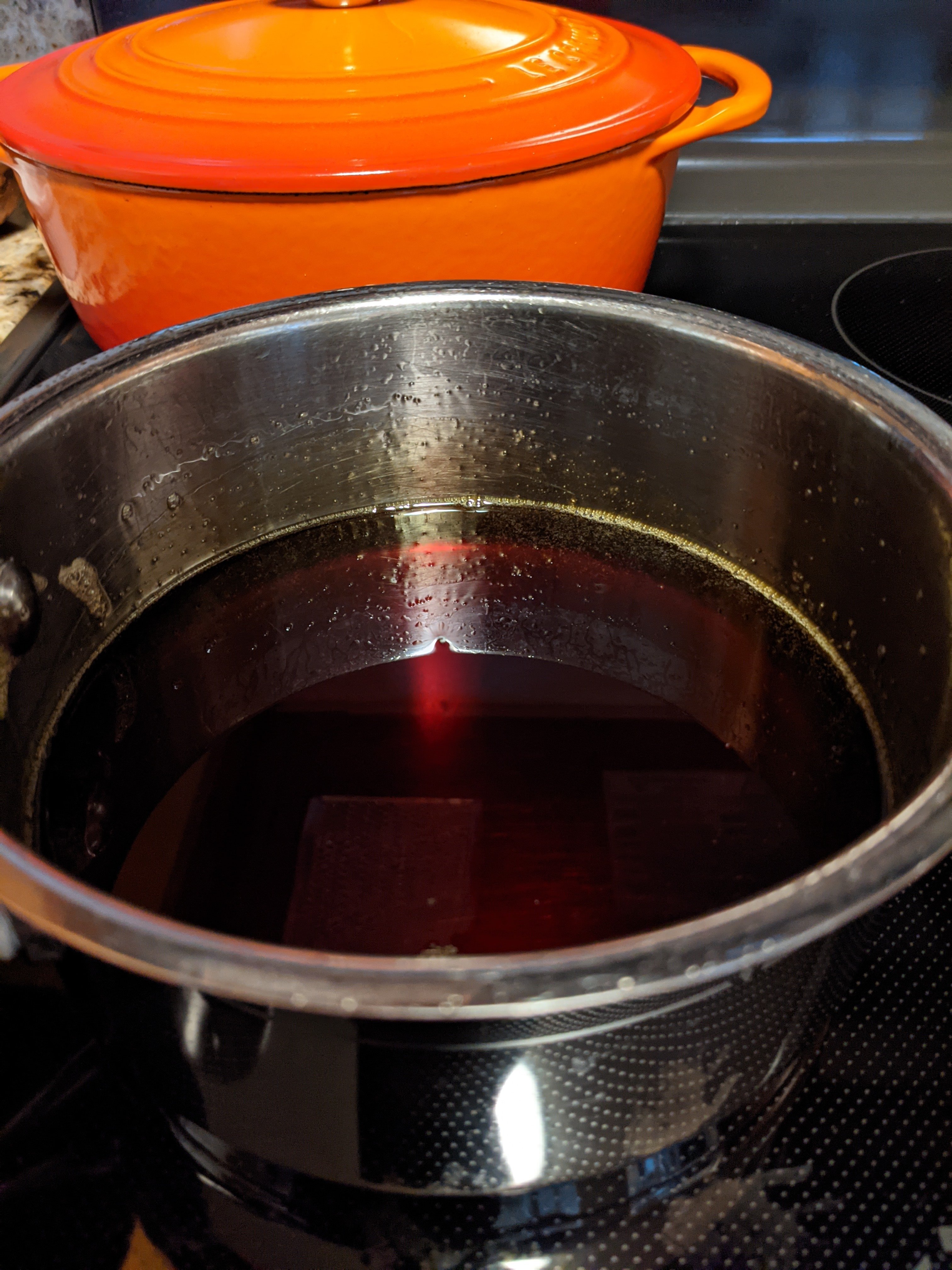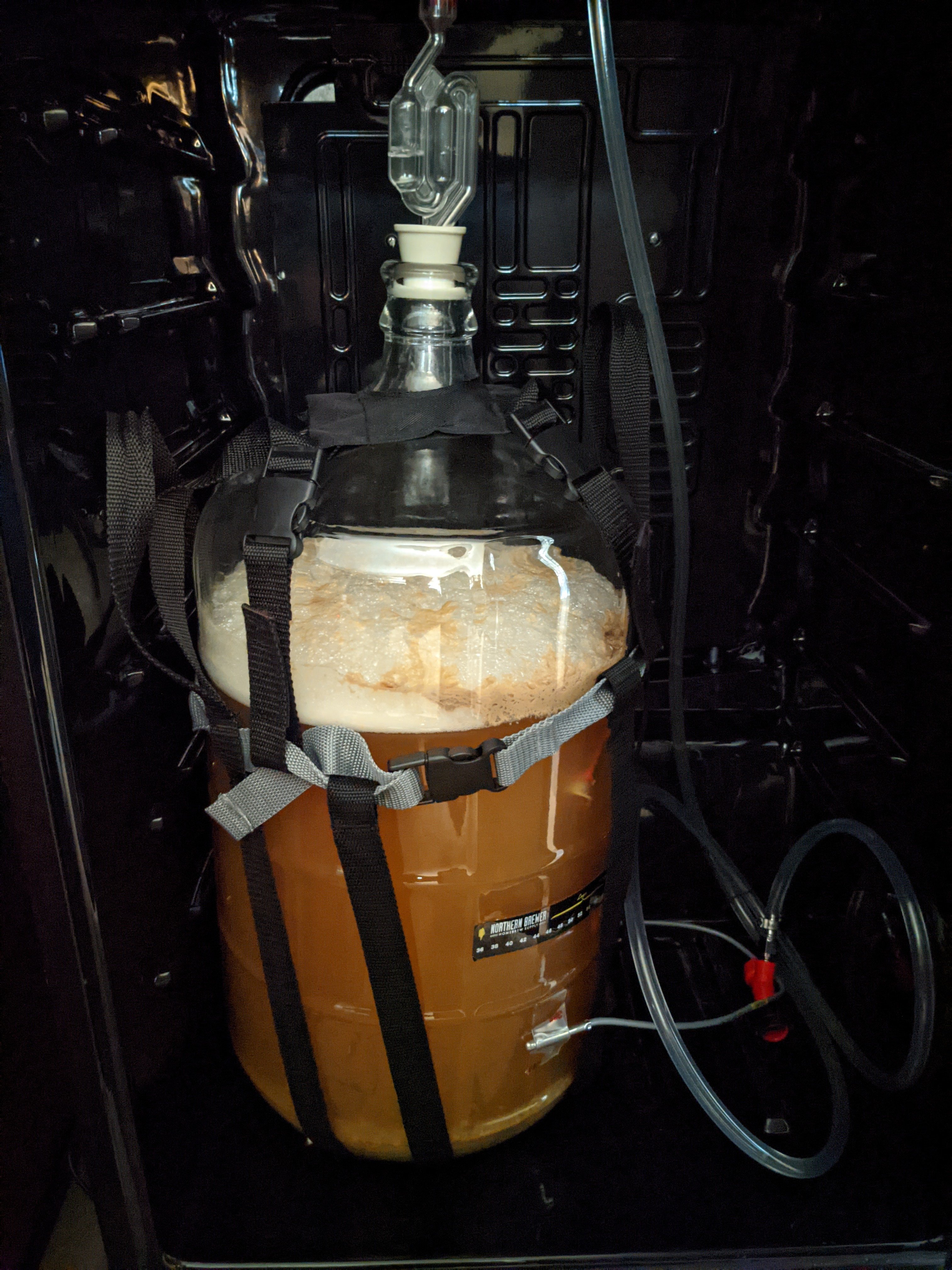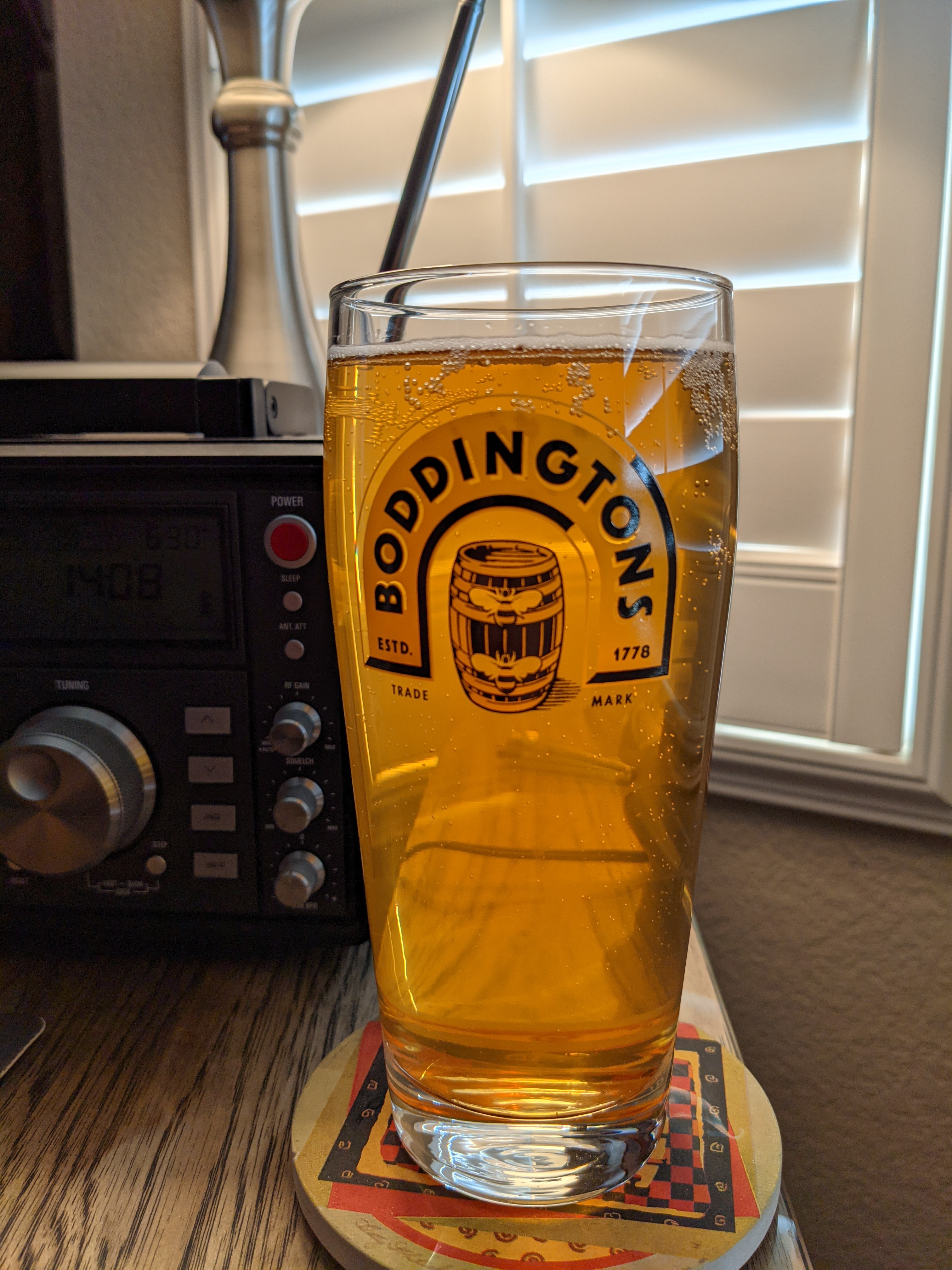Northern_Brewer
British - apparently some US company stole my name
I thought British ales, in general, are low in carbonation.
Well, it's more that (classicly) they're naturally carbonated. That doesn't mean they can't be really quite carbonated when a cask if first tapped, as the ceiling of many a pub cellar will attest. And in the first few hours after tapping, a cask can be full of condition. But that a) relies on good enough cellarmanship for them to be properly conditioned in the first place and b) it lasts for a fairly small percentage of the lifetime of a cask on the bar, so it's fairly rare to find. But scanning Untappd for some examples of Marble Pint, which is the (NZ hop-heavy) spiritual successor to Boddies, this is an extreme example of condition clearing leading to a bit too much head - that opacity is all CO2 in what is otherwise a completely clear beer :
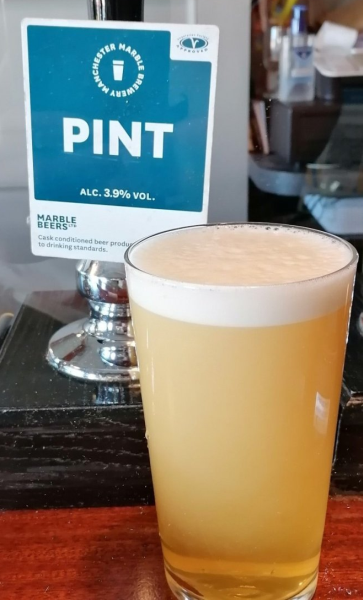
And this is a bit more representative, at "home" in the legendary Marble Arch pub in Manchester :
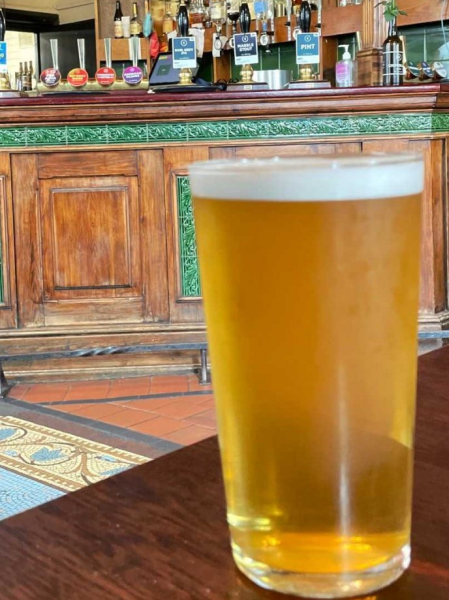
Again you can see the condition clearing from the bottom - any lack of clarity on the bottom is just being out of focus and maybe a bit of condensation on the outside. And I can't tell you what a joy it is to be showing off photos of beer in actual pubs again!
So British beers should have a bit more carbonation than most people think, they just don't get to experience them with sufficient condition. It also gets complicated up north with sparklers. But you just can't really replicate cask conditioning with force carbonation, even if you mess about with nitro, it's just "different".
But personally I aim for something like 1.7-1.9, in bottles at least.


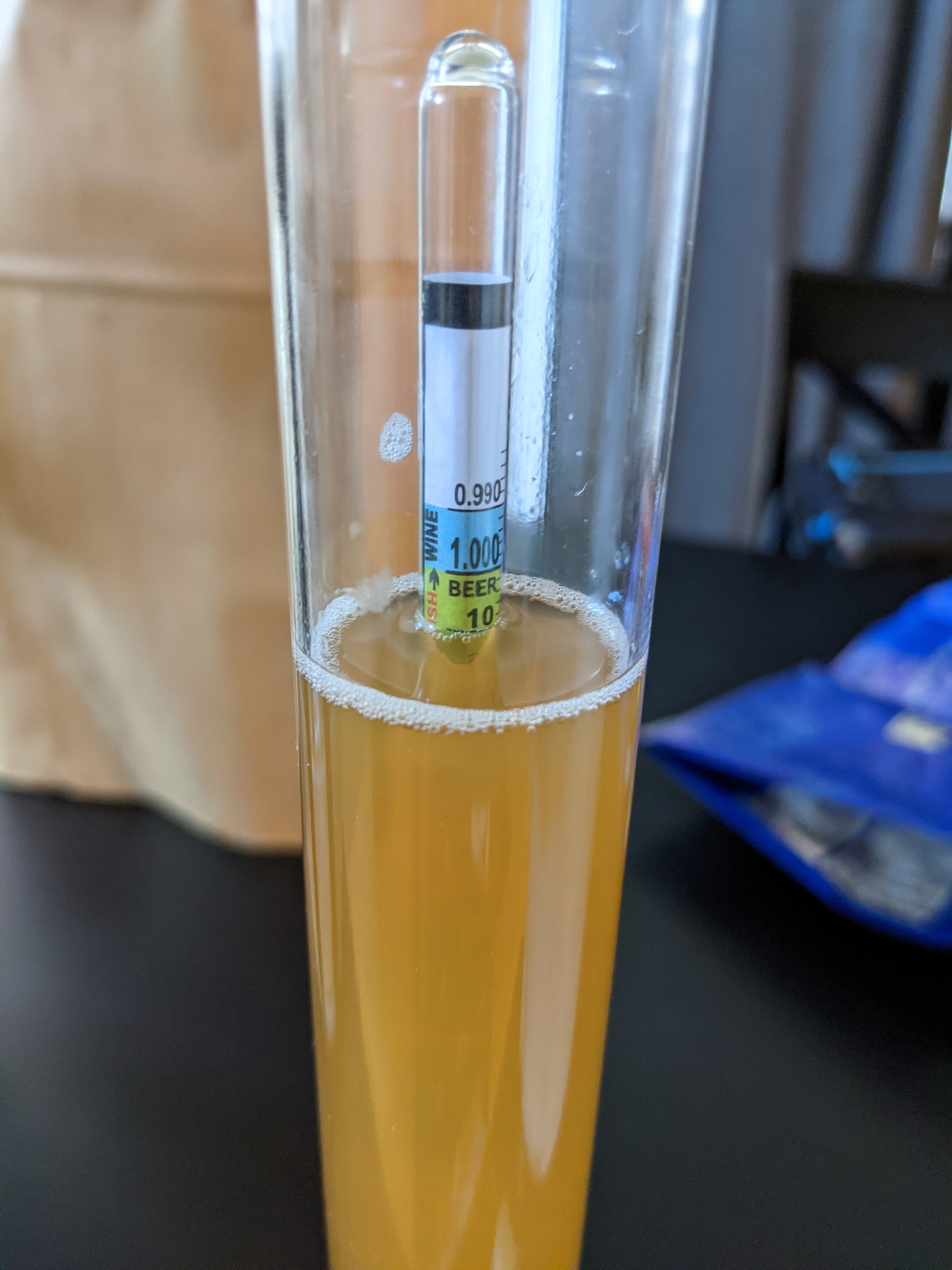
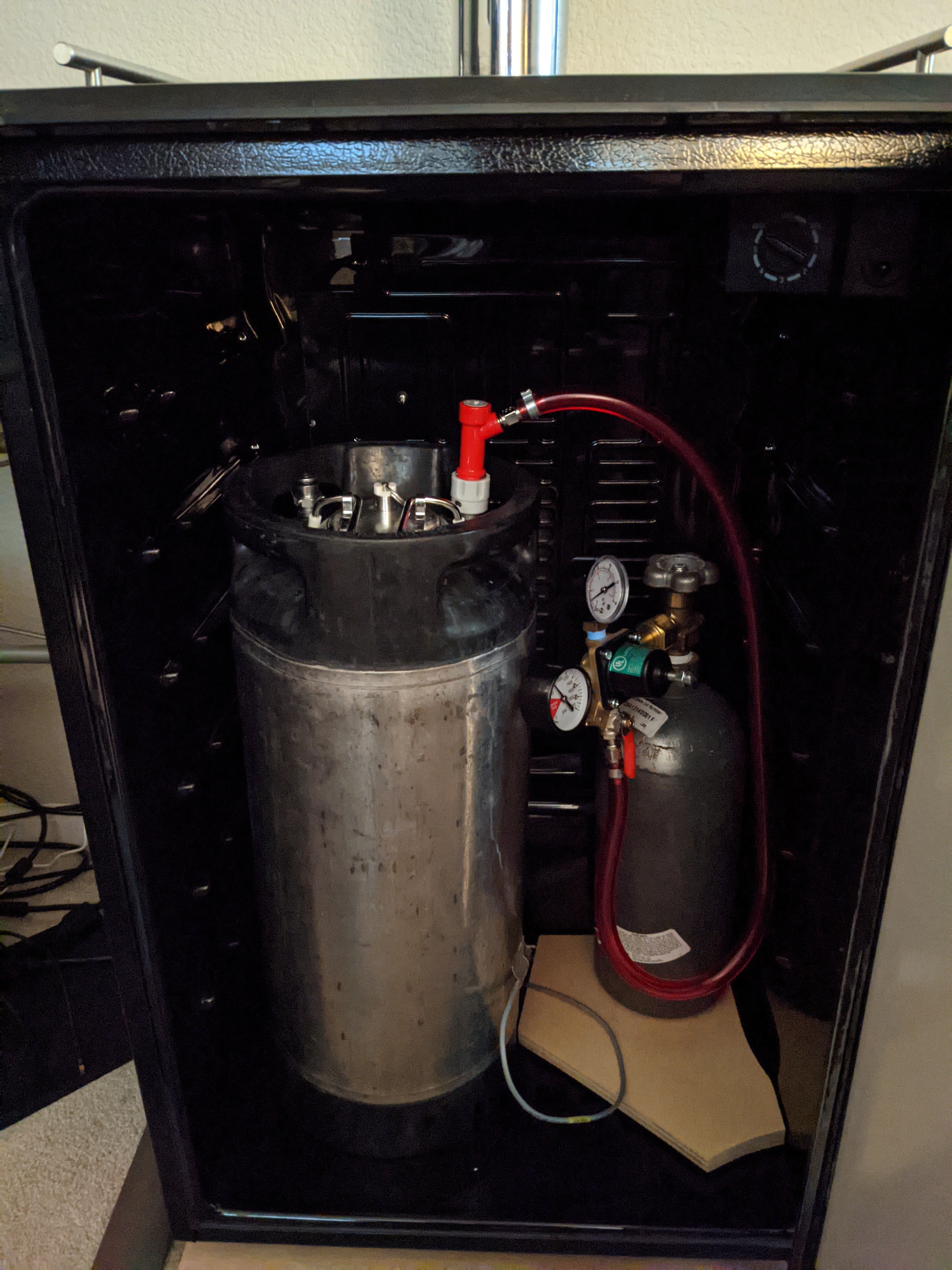




























![Craft A Brew - Safale BE-256 Yeast - Fermentis - Belgian Ale Dry Yeast - For Belgian & Strong Ales - Ingredients for Home Brewing - Beer Making Supplies - [3 Pack]](https://m.media-amazon.com/images/I/51bcKEwQmWL._SL500_.jpg)



























